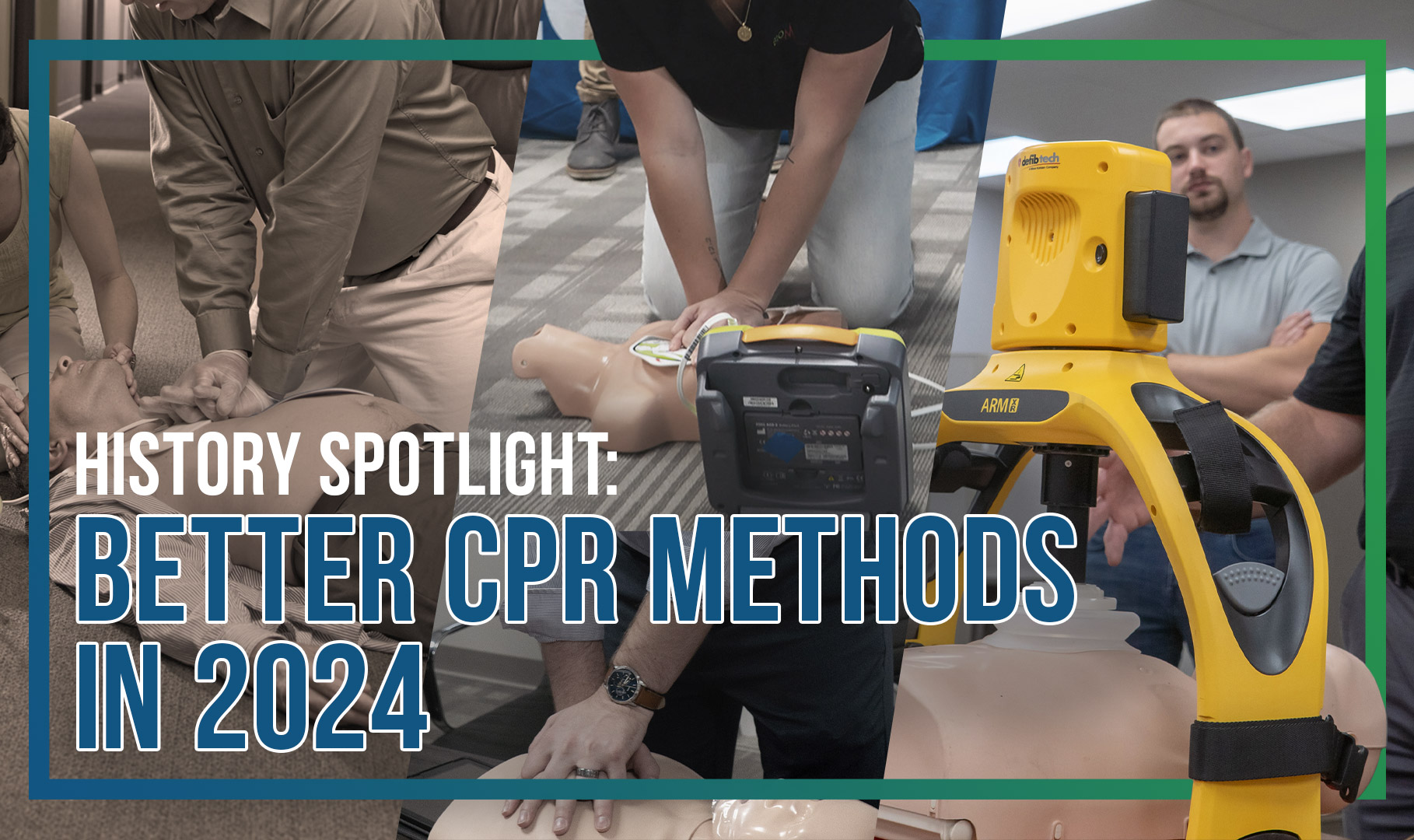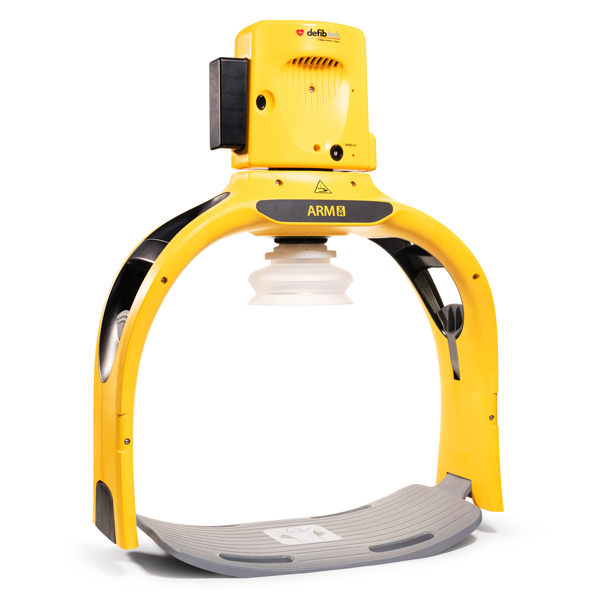Blog
CPR Methods in History

The History of CPR Methods
Healthcare technology has come a long way regarding life-saving resuscitation. Cardiopulmonary Resuscitation, or CPR, is a common medical practice many people are familiar with. By compressing the chest, first responders or bystanders can partially maintain active blood flow in a cardiac arrest victim, greatly increasing their chance of survival. Hollywood has often imitated CPR when a character is aggressively pulled from the water unresponsive. Another character pushes their chest as fast as possible, occasionally pinches their nose, and blows air.
1. Continuous Manual Compressions
Continuous manual compressions are the most common type of CPR, but there have been more nuanced versions in the medical field throughout the years. Manual compressions are the most commonly practiced, but have downsides such as fatigue and manual error. Let’s look at other CPR methods medical professionals have used to treat cardiac arrest over the years.
2. Open-Chest CPR
In scenarios where the chest or abdomen is already open, open-chest CPR becomes a viable alternative. This method includes accessing the heart through a thoracotomy, allowing direct compression using the thumb and fingers or the palm against the sternum. It finds utility during or in the early postoperative period after cardiothoracic surgery. This technique is for controlled environments and medical professionals.
3. “Cough” CPR
“Cough” CPR is an alternative applied through forceful voluntary coughs every 1 to 3 seconds in conscious patients. This method increases intrathoracic pressure episodically, generating systemic high blood pressure. The objective is to help patients maintain consciousness during short periods of arrhythmia. This technique is specific to cooperative, conscious patients and should not be confused with standard CPR. It may have potential in monitored inpatient settings at the onset of a potentially lethal arrhythmia.
4. Precordial Thump
Often portrayed in films and TV shows, the precordial thump is an alternative to defibrillation for unstable ventricular tachycardia and ventricular arrhythmia. However, recent evidence questions its effectiveness, with studies reporting ineffectiveness in many cases. Additional complications such as sternal fracture, osteomyelitis, stroke, and the triggering of malignant arrhythmias have been documented. This highlights the potential risks associated with this alternative method.
These are just a few different ways medical professionals have tried to save lives from Cardiac arrhythmia in the past.
5. Automated Chest Compression
Nowadays, many first responders use a portable unit called an automated chest compression device for resuscitation purposes. Automated chest compression devices free up a medic on the emergency scene, and deliver consistent, quality compressions without getting tired. An example of a portable ACCD device for EMS is the next-generation Defibtech ARM XR. These devices are set up for quick deployment, meaning you can transition a patient from manual CPR to mechanical in just seconds. Also, the new suction cup maximizes the efficiency of CPR with effective chest recoil.
 Emergencies are hectic, and CPR shouldn’t delay the ability of emergency medical to deliver patient care. Automated devices like the ARM XR help responders multi-task, and automates much of the CPR process including how far to lower the piston, how deep to perform compressions, and of course the compressions themselves.
Emergencies are hectic, and CPR shouldn’t delay the ability of emergency medical to deliver patient care. Automated devices like the ARM XR help responders multi-task, and automates much of the CPR process including how far to lower the piston, how deep to perform compressions, and of course the compressions themselves.
CPR has come a long way, and our ability to predictably deliver quality compressions nowadays is better than it ever has been. How much more effective could your teams be if you could automate the process of CPR? Read more about the ARM XR or watch the video here.
At MME, our mission is to equip first responders to save more lives, one relationship at a time. We equip EMS professionals with resources to provide the best chest compressions every time and with virtually an extra pair of hands. Contact us today!
https://emottawablog.com/2019/03/mechanical-cpr-past-current-and-future/
